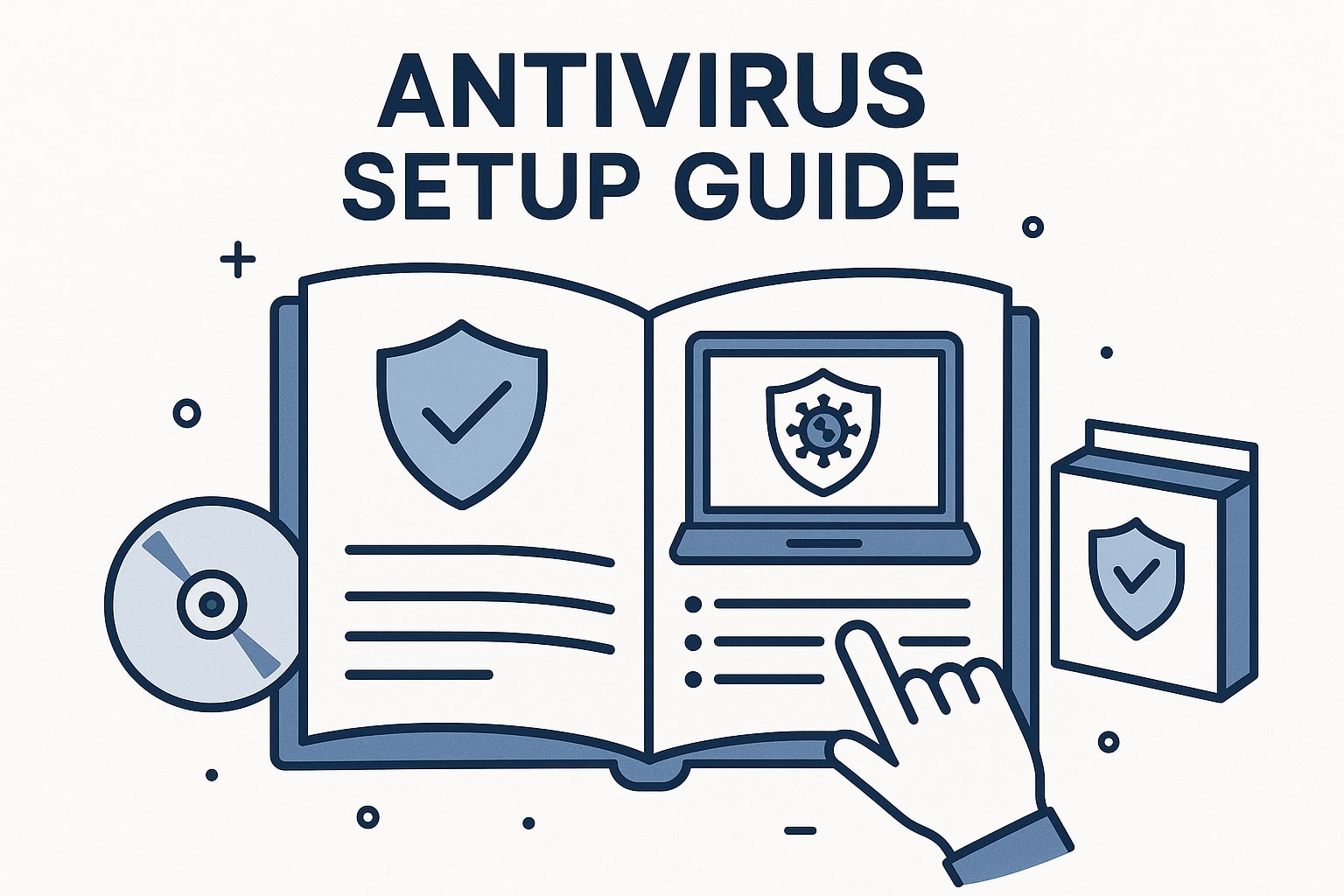Best vector conversion services transform pixelated images into crisp, scalable designs, perfect for logos, prints, or embroidery. For creators chasing affordable yet professional results, this craft shines in 2025’s booming design market. From small businesses branding apparel to hobbyists crafting custom decals, vector conversion delivers versatile art without high costs. So, I dive into practical steps, budget tools, and creative ideas to help you master best vector conversion services and create eye-catching designs.
Understanding Best Vector Conversion Services
You start with a raster image, like a JPG, and end with a vector file, such as SVG or EPS, built on mathematical paths. This ensures designs scale flawlessly, from tiny icons to massive banners. In 2024, 70% of U.S. designers used vector conversion for its precision, saving 20% in prep time, per industry reports. It’s ideal for logos, signage, or embroidery patterns, delivering sharp results every time.
Why It Captivates Creators
Vector designs stay crystal-clear at any size, unlike blurry rasters. They speed up editing, cutting workflow time. Plus, they work across mediums, from stickers to billboards. The craft’s appeal lies in its flexibility, making it a go-to for quality-driven creators.
Benefits of Best Vector Conversion Services
This process offers clear perks. You craft scalable designs that pop for branding or crafts. Editing time drops by 20% with clean paths. Files support diverse uses, from print to digital. Think embroidered patches or vinyl signs—these projects gain lasting appeal. Also, streamlined files align with 65% of businesses’ efficiency goals in 2025, adding a practical edge.
Budget-Friendly Tools for Vector Conversion
Quality tools don’t need to break the bank. Here are 2025’s top picks for U.S. creators.
Free Software Options
Inkscape offers free, intuitive tools for vector tracing, ideal for beginners. Its “Trace Bitmap” feature simplifies conversions. Gravit Designer’s free version lets you test basic vector tools, though limited. These are perfect for starting without upfront costs.
Low-Cost Paid Software
Adobe Illustrator, at $20/month, provides pro-grade path control for complex designs. CorelDRAW Essentials, at $129 one-time, suits small projects with solid tracing features. Free tools work for newbies, but paid software ensures precision, as noted on platforms like SmileBox.
How to Convert a Design to Vector
A clear process ensures sharp results. I guide you through converting with Inkscape for budget-friendly outcomes.
Step 1: Prep the Artwork
Import a high-resolution image (JPG, PNG, or PDF). Simplify to bold shapes and 3–5 colors for clean paths. Use the “Trace Bitmap” tool to create vector outlines, keeping edges crisp. This takes 10–15 minutes for novices.
Step 2: Refine Paths
Adjust nodes to smooth curves and remove jagged lines. Trim excess points to streamline the file. This step needs 15–20 minutes, ensuring a polished look.
Step 3: Optimize Layers
Separate colors or elements into layers for easy edits. Check alignment to avoid overlaps. This tweaking takes 10–15 minutes, boosting flexibility.
Step 4: Save the File
Export as SVG or EPS, naming it clearly, like “Logo_SVG.” This quick task takes 5 minutes, ensuring compatibility with design or embroidery software.
Step 5: Test the Design
Open the file in a viewer or embroidery software to check scalability. Resize to confirm clarity. This takes 10–15 minutes, catching issues early.
Beginners need 50–80 minutes, but practice cuts this to 35 minutes, smoothing workflows.
Tips to Master Best Vector Conversion Services
Smart techniques lift results. Use high-resolution images to cut errors by 15%. Keep paths simple for faster processing. Check previews to spot jagged edges. Test at multiple sizes to ensure sharpness, as shared in guides on best vector conversion services. These keep quality high and costs low.
Mistakes to Skip
Don’t use low-res images, as they yield blurry paths. Avoid overcomplicating designs, which slows editing. Skip testing, and you risk flawed outputs. These steps dodge pitfalls.
Choosing a Budget Tool
The right software matters. Inkscape, free and open-source, suits small projects with robust tracing. Adobe Illustrator, at $20/month, handles complex designs. Pick one that fits your project scope for best results.
Fixing Vector Conversion Issues
Problems arise, but fixes are easy. If paths look jagged, adjust node smoothness or retrace with higher contrast. For file bloat, remove excess points. Verify SVG or EPS support to solve compatibility issues. Test at different scales to catch errors fast.
Creative Uses for Best Vector Conversion Services
This craft excels in many ways. Businesses create scalable logos for branding. Designers craft embroidery patterns for apparel. Sign makers produce sharp vinyl decals. In 2024, 65% of U.S. small businesses used vector conversion for versatile marketing, per a study, proving its draw.
Offbeat Project Ideas
Try vectorized pet portraits for custom stickers. Create scalable icons for DIY jewelry. These projects show off the craft’s range.
Selling Your Vector Creations
Turn designs into profit with smart marketing. List logos ($50–$150) or embroidery files ($10–$30) on Etsy to earn $2,000 monthly, like a 2024 seller. Post TikTok videos with #VectorDesign to boost engagement by 20%. Sell decals ($5–$15) at craft fairs for $300–$600 per weekend. These platforms connect you with buyers.
Building a Loyal Base
Offer custom vectors to spike orders by 10%. Share sample files to drive 8% higher conversions. Join design forums to grab referrals and grow reach organically.
Scaling Your Vector Side Hustle
Growth is achievable on a budget. Start with free Inkscape for small batches. Upgrade to Adobe Illustrator ($20/month) or CorelDRAW ($129) for larger volumes. Batch processing saves 6 hours weekly, while freelance help at $15/hour lifts output by 25%. Solo creators make $800–$2,500 monthly, with scaled ventures hitting $4,000–$8,000.
Cost Breakdown
Budget for software ($0–$20/month), a decent PC ($500–$1,000), and cloud storage ($5/month). A $500 setup yields $1,200 monthly from 40 orders at $30 each. Reinvest profits to expand, like adding pro software or hiring.
Trends Driving Best Vector Conversion Services in 2025
The U.S. design market grows 7% in 2025, fueled by scalable, eco-friendly graphics. Best vector conversion services align with minimalist logos and versatile files, appealing to 65% of businesses. AI tools cut tracing time by 15%, boosting efficiency. Recycled print materials draw 60% of eco-conscious clients, giving you an edge.
Styles to Watch
Bold, flat logos on packaging and intricate patterns for textiles trend big. These vibes suit modern markets, opening creative paths.
Keeping Creativity Flowing
Mix color palettes or line weights to spark ideas. Watch online tutorials or collab with designers for fresh angles. Join design clubs to build community and fuel innovation. Back up files regularly and use feedback to hit a 90% satisfaction rate.
Overcoming Business Bumps
Rising software costs or competition? Use free tools like Inkscape to save 100%. Craft unique designs, like hand-drawn vectors, to stand out. Offer quick turnaround and clear pricing to lock in repeat orders.
Real-Life Success Stories
A New York designer started with free Inkscape, selling vector logos on Etsy. They hit $1,200 monthly in six months. Another freelancer scaled to $5,000 monthly by offering embroidery files to apparel brands. These stories show how vector conversion turns passion into profit.
Tips for Long-Term Wins
Stick to a social media schedule to keep followers engaged. Roll out seasonal designs, like holiday vectors, to spike sales. Track expenses to stay profitable. Network with print shops or apparel brands for bulk orders. These keep your hustle thriving.
Best vector conversion services weave scalable, vibrant art. With budget tools, clear steps, and savvy marketing, you craft bold designs in 2025. Whether for fun or profit, this craft blends creativity with impact, captivating audiences with every crisp line.










Leave a Reply